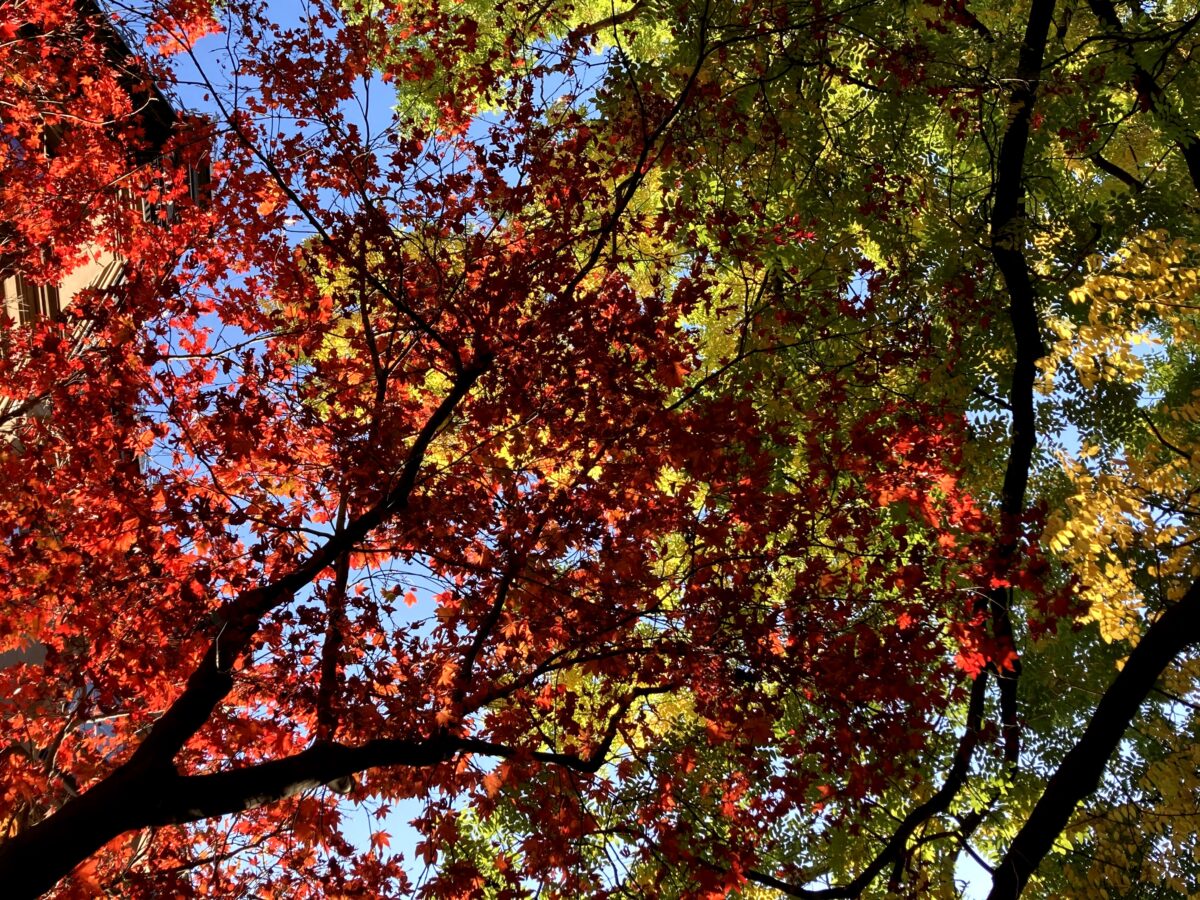August 10, 2020
We have officially entered the fourth era of creativity

The first era of creativity was industrial, starting around the turn of the twentieth century. Rapid scientific progress brought us an unprecedented invention boom. Everything from light bulbs to transportation to radio to telephones to physics were all inseparable from our modern world, amplified by the invention of public relations, all of which had a crucial role in the first two world ears. The creative process was now officially celebrated and commercialized like never before.
The second era of creativity was cultural, ushering in around postwar time. Socioeconomic issues took center stage as baby boom and middle class developed, the women’s movement blossomed, and counterculture blew up. Mass media gave people a platform to express their ideas and talents in innovative ways. That’s why the fifties, sixties and seventies saw popular music, literature, cinema, art and culture flourishing like never before.
And that eventually shepherded in the third era of creativity, the digital information era. Starting in the early eighties, people and organizations began making gargantuan strides in every area of modern life, underscored by these revolutionary technological advances, most notably, the internet. People now had the permission and the platforms to be creative, but also had something new that multiplied their reach. Connection. Creators related to other creators on this global scale, both before, during and after the creative process, free of charge, and free of barriers. That’s why change has occurred at a blinding rate since then, multiplying technological progress to the power of eleven, generating another extraordinary period of creative flourishing.
But now the question is, how do we evolve from here? Is there a fourth era of creativity?
Absolutely. It’s already started. And it’s the integration of all the eras that came before.
Tomorrow’s creatives seek the commercial utility from the industrial period, embrace the sociocultural firepower of the postwar time, while also leveraging the digital connection of the recent era. All of which are fusing together in a new epoch of creativity, the entrepreneurial era.
In the modern age of automation, where the speed, volume and quality of data has reached unprecedented levels, creative problem solving has never been more critical to professional success.
Creatives are no longer defined by one skillset, role, medium or label. Everybody is everything, everybody does everything.
That’s why we now have the biggest creative workforce in history. Over one third of our economy is freelancing. Nearly sixty million people for whom creativity is essential to their livelihood. Digital natives have grown into legitimate artists, business owners and entrepreneurs, or have at least learned to think and act like them.
Modern professionals have multifaceted careers with several sources of income. Large companies are being disrupted by entrepreneurs, and challenging employees to think that way so they can innovative to survive.
And this is a beautiful thing. There’s no telling what kind of impact this next era of creativity will have on our world.

